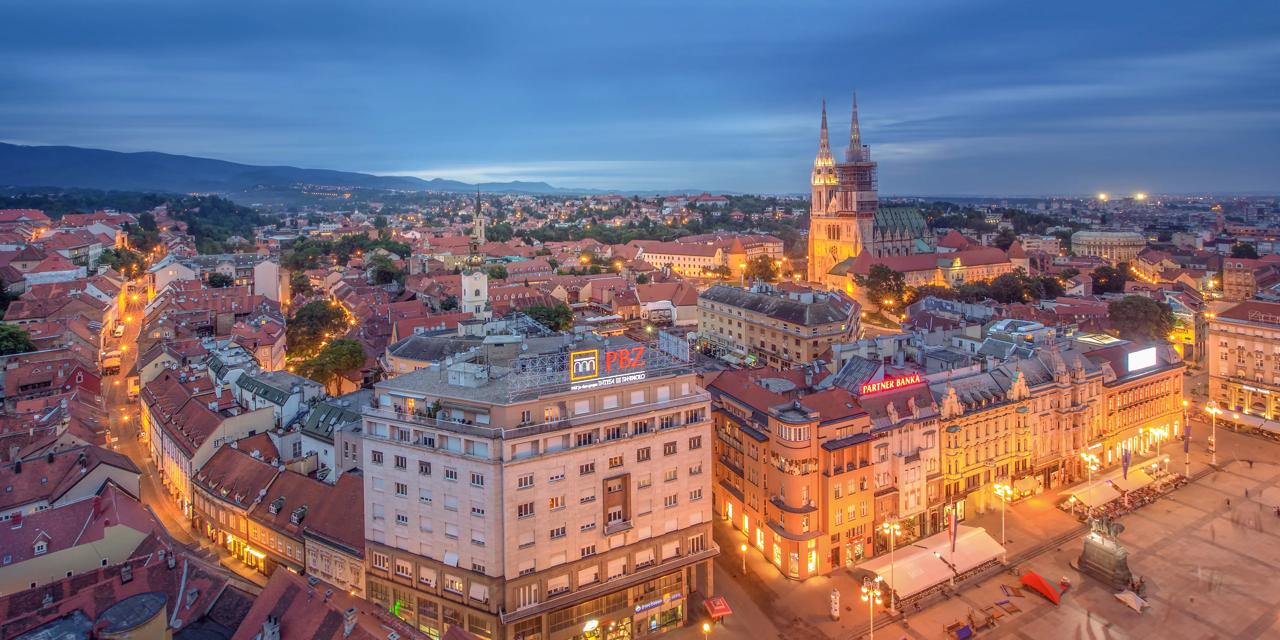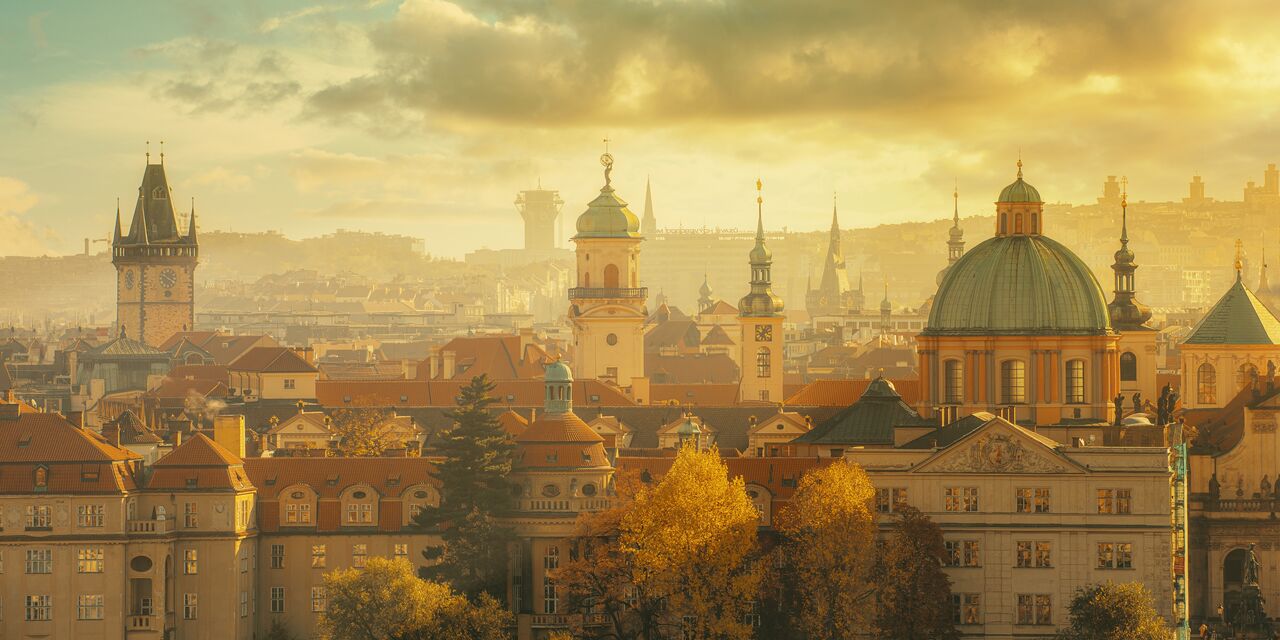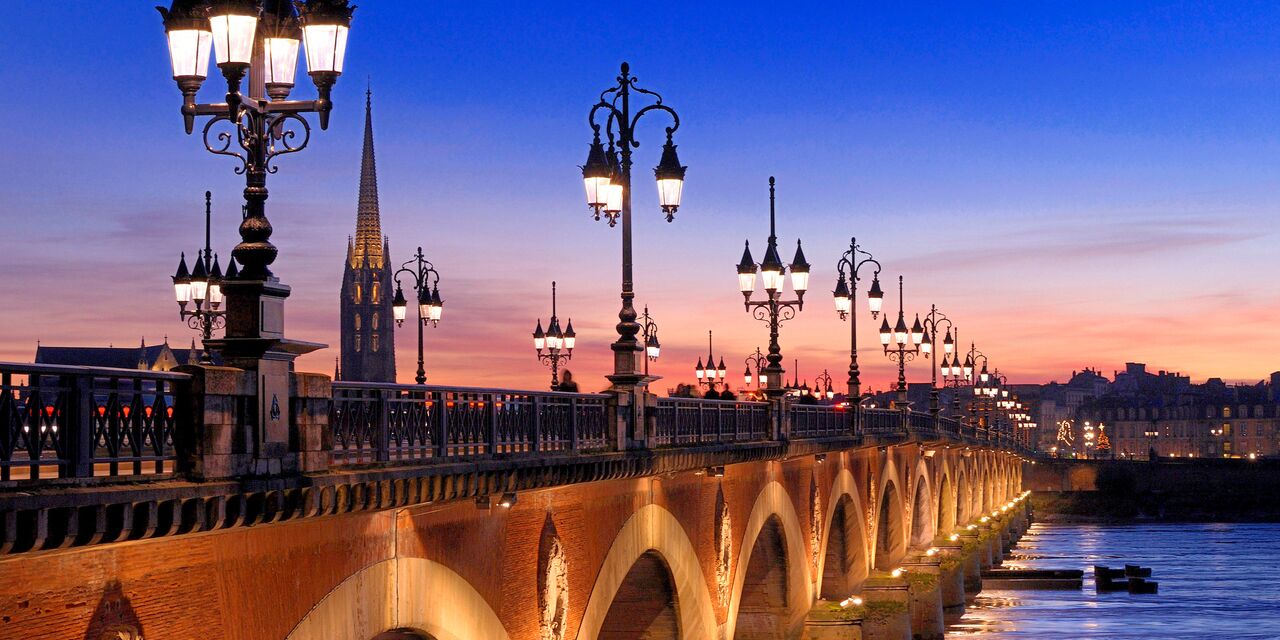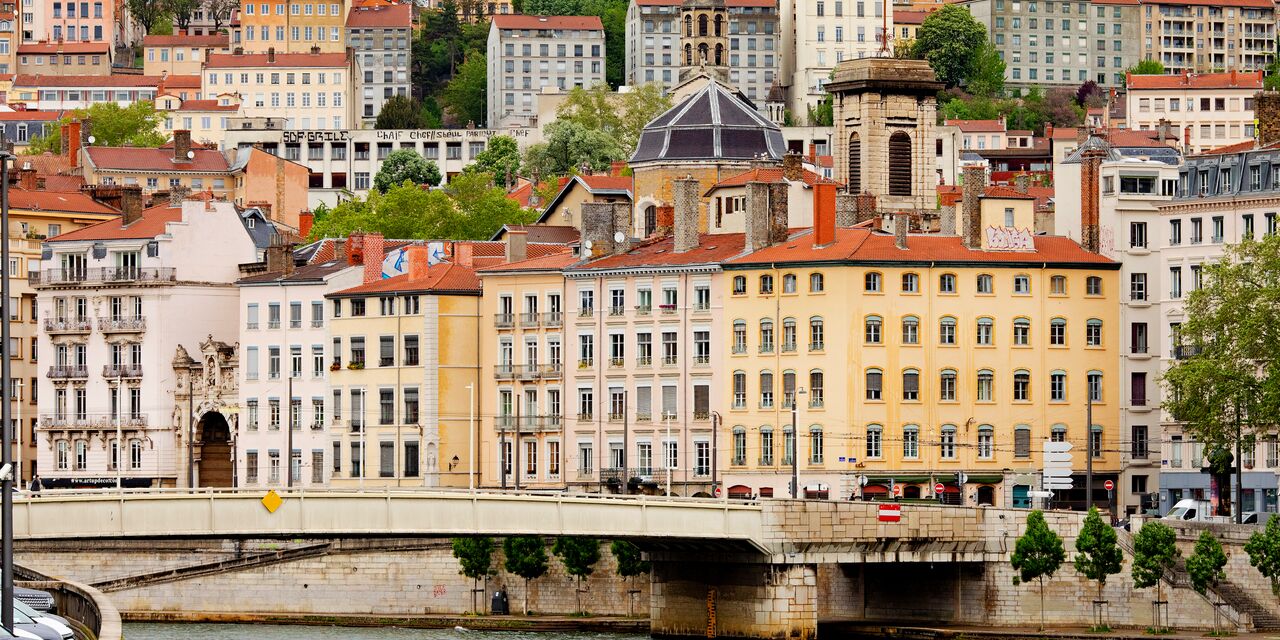The 3 highlights of the Uffizi Galleria
The Galleria degli Uffizi is one of the oldest and most famous museums in the world. The entrance is at the corner of the Piazza della Signoria, which for centuries has been the lively centre of Florentine life. At the Galleria degli Uffizi you will find masterpieces by Caravaggio, Botticelli, Leonardo da Vinci and Michelangelo, spread over 50 rooms.
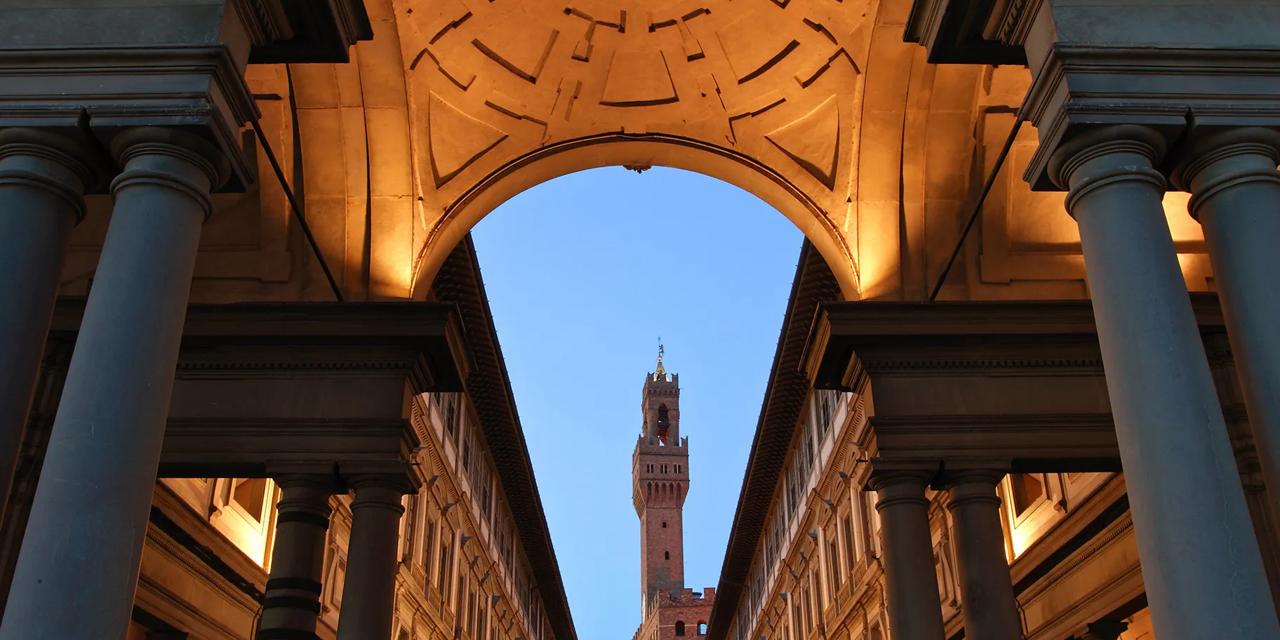

The Birth of Venus
Sandro Botticelli's 'Birth of Venus' is without a doubt one of the most famous paintings in the world. The painting depicts the birth of love: Venus, the naked Goddess of Love, emerges from a shell with servant Ora at her side. Venus shyly covers her modesty with her hand, while Ora is ready to cover her nakedness with a beautiful piece of cloth. Before creating his painting, Botticelli studied the famous marble sculpture Venus de Medici, on display elsewhere in the museum.
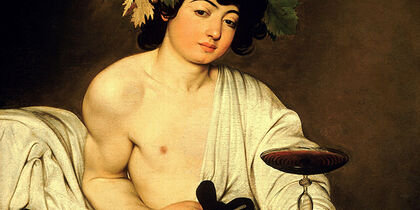
Bacchus and Caravaggio
Caravaggio had an intimate relationship with Bacchus, the god of wine, intoxication and drunkenness portrayed here. The painter was known for his fiery temperament and immodest lifestyle. In his revolutionary paintings Caravaggio liked to emphasize the humanity of his subjects. The portrait that he painted at the end of the 16th century hardly idealizes the god: he is depicted as a man with whom Caravaggio caroused in the pubs and brothels. The artist also deviated from the traditional norm by forgoing the usual landscape in the background.
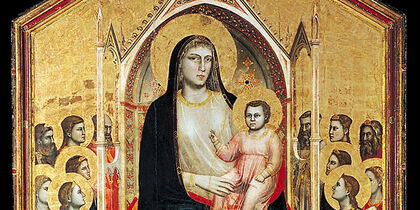
Ognissanti Madonna
The altarpiece Ognissanti Madonna is another example of a new approach. Giotto painted the piece circa 1310 and it marks a turning point in painting as the first time that a medieval painter used perspective. With this work, Giotto stood on the cusp of one of the biggest revolutions in art history. He is also regarded as the 'father' of the Renaissance because of this style of painting. The altarpiece depicts Mary, seated on a throne. The apparent depth in her clothing and throne makes her much more human – something unheard of in those days.
Discover other destinations in Europe
*The displayed prices are for one adult. All amounts are in TWD. Taxes and surcharges are included. No booking fee is applicable, but a payment surcharge may apply. Prices shown may vary depending on fare availability.
The weather forecast information is provided by World Weather Online. Air France-KLM is not responsible for the reliability of this data.








